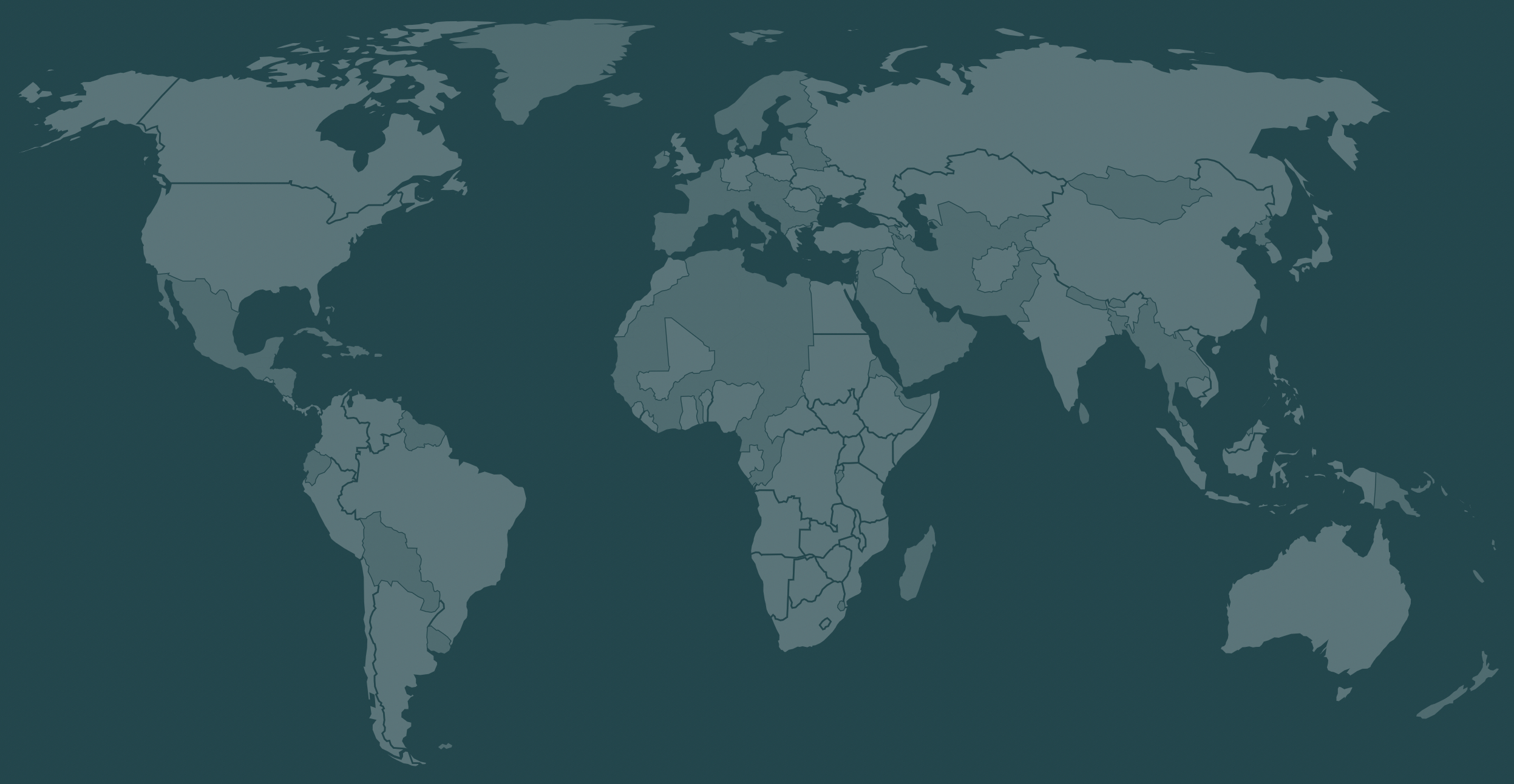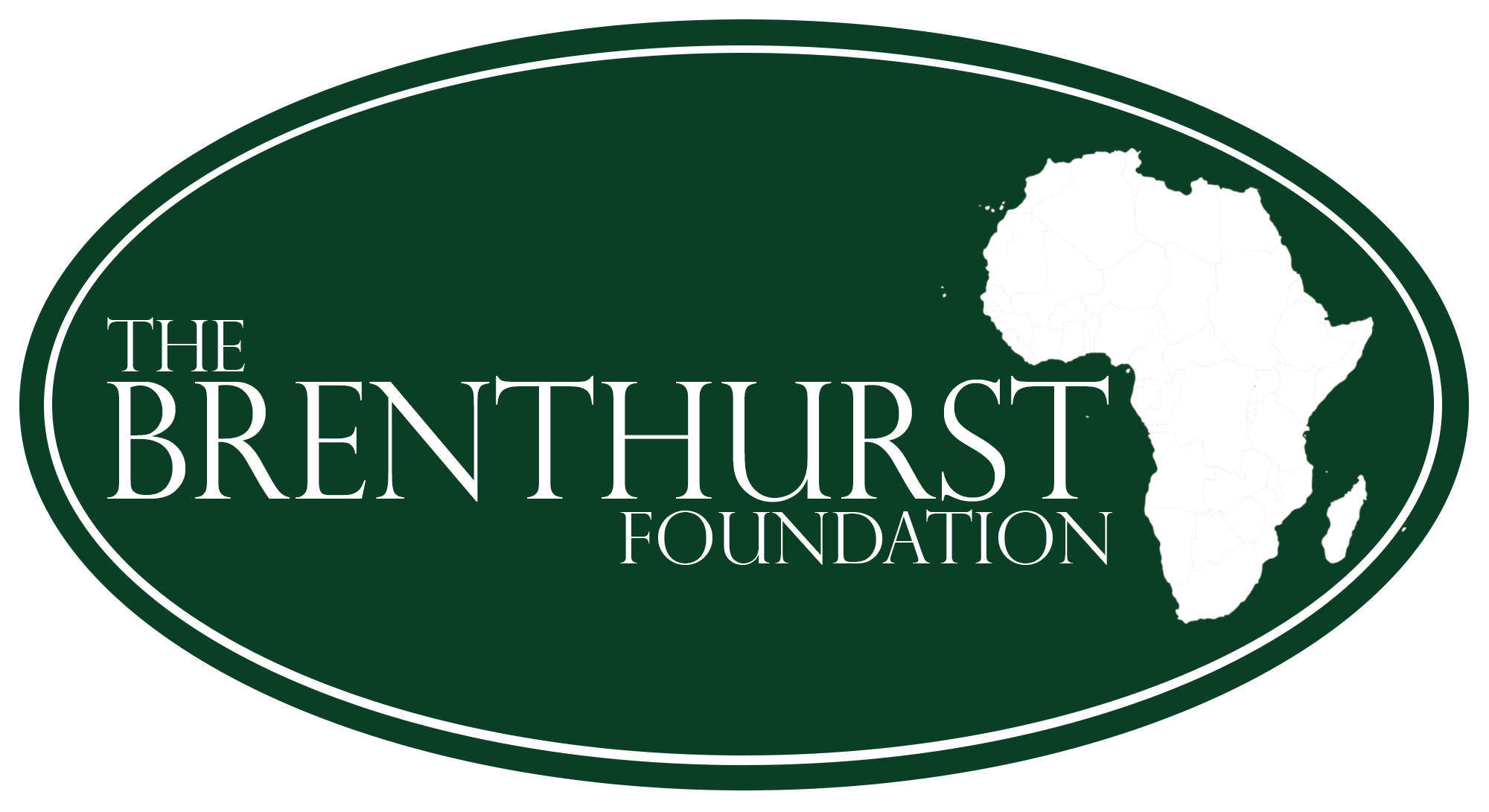News
Tanzania and Uganda: Time for a Little Less Carrot and More Stick?
Aid spending on development in East Africa has had a long run of poor results, calling into question the efficacy of carrying on.

Director, The Brenthurst Foundation

Research Director, The Brenthurst Foundation

The arrest on 9 April of Tundu Lissu, the Tanzanian opposition leader, and the subsequent banning of his party, Chadema, from elections for the next five years is the latest in a series of authoritarian shifts in East Africa. In October last year, veteran political activist Kizza Besigye was abducted in Kenya and smuggled into Uganda, where a military court charged him with treason. He is still on trial and has been denied bail.
This exposes the false nature of democracy in these countries, where leaders and parties have held on to power for decades. It shows that Tanzanian President Samia Suluhu Hassan, supposedly a reformer, is just another dictator, preferring control rather than accepting open competition between ideas. It confirms Ugandan President Yoweri Museveni’s status as the leader of Africa’s Big Men (and now, one woman).
For those who support this duo, it is confirmation, too, that self-interest, self-preservation and the power of the pocket routinely eclipse principle.
For critics of President Donald Trump, these actions might be taken as signs that cutting off aid to Africa has deleterious consequences. But this is not accurate or, indeed, true.
Struggling Against Violence
Besigye has long been a thorn in the side of the Museveni regime, suffering endless harassment and intimidation since he broke ranks with his former boss to stand against the Ugandan president. Besigye, a medical doctor, had once been a minister in Museveni’s National Resistance Movement government until the two fell out over the pace of democratisation.
Lissu survived an assassination attempt in September 2017, from which he recovered after 20 operations in Europe. This came after he was detained six times that year, including in March 2017 for ‘uttering words intended to wound religious feelings, raise discontent and ill-will for unlawful purposes’. In July of the same year, he was arrested on charges of sedition after claiming that a government-owned plane had been seized in Canada over an unpaid debt. He was shot 16 times by AK-47-wielding assailants in the 2017 attack, which he says was carried out on the orders of the ruling party, Chama Cha Mapinduzi (CCM).
The problem is that outsiders have all-too-willingly played along, concerned about upsetting ‘strategic’ relationships, the fear of losing out being drip-fuelled by African governments cosying up to China, among other authoritarians
The CCM has ruled Tanzania since its independence in December 1961. A one-party state until the country's first-ever multi-party election on 23 November 1995, like neighbouring Rwanda, Uganda and Mozambique, Tanzania remains firmly in the grip of that same one party.
In the last Rwandan election in 2024, Rwanda's President Paul Kagame won with more than 99% of the vote, incredible even by his electoral standards.
To Tanzania’s immediate south, Mozambique’s last election in October 2024 ended in controversy and violence as Frelimo, which has ruled since 1974, sought to tighten its grip as it negotiated the results, saying that opposition was instigated by foreign agents rather than a result of its spectacularly poor developmental performance.
Played for Advantage
The problem is that outsiders have all-too-willingly played along, concerned about upsetting ‘strategic’ relationships, the fear of losing out being drip-fuelled by African governments cosying up to China, among other authoritarians. Tanzania has skilfully played this ‘non-alignment’ card since the 1960s, making it a Western donor darling despite its human rights and developmental record. Its uncompetitive and unaccountable political habits, however, made its leadership largely unresponsive to its people’s needs beyond simply staying in power, whatever the cost.
While Trump’s culling of the Voice of America and other aspects of democracy promotion in Africa will not help, his cutback on aid actually might.
Aid has been a remarkably poor means of developing Africa and, as it turns out, a poor lever for getting countries to treat their people better.
Since independence, Uganda has received $60 billion in Western development assistance, and Tanzania $100 billion of $1.7 trillion delivered cumulatively across sub-Saharan Africa since 1960. Yet Africa’s share of global per capita income has more than halved from 30% to under 15% over this time. Put differently, while the average wealth worldwide has grown (in real terms) more than threefold from $3,664 to $11,579 over this time, Africa’s has scarcely improved from $1142 to $1581. And the size of the gap is widening. Since 2014, it has gone down by nearly 3% in real terms.
While there might be a good case to be made for humanitarian assistance in alleviating the least bad effects of economic and governance collapse, the case for development assistance does not exist. And nor does the idea that this aid is ‘strategic,’ in keeping these countries aligned to Western interests and values. Even the most closely supported African leader, Paul Kagame, is hardly the epitome of liberal tolerance, while his regional foreign policy in eastern DRC neither upholds Western commercial access nor human rights.
China, on the other hand, does not really give aid. It makes loans, sometimes with preferable terms to the recipients, sometimes not. This explains why Chinese debt to Africa has risen. Between 2000-2023, for example, Chinese lenders provided 1,306 loans worth a combined $182.28 billion to 49 African countries and seven regional borrowers, primarily to Africa’s energy sector ($62.72 billion), transportation ($52.65 billion), information and communication technology ($15.67 billion), and the financial sector ($11.98 billion).
Beijing is lauded for its pragmatic, unconditional approach to Africa, even though this money is clearly conditional, on commercial terms at least.
Now, Chinese lenders account for around 12% of Africa’s private and public external debt, which increased more than fivefold to $696 billion from 2000 to 2020.

If aid is not about the recipient state but rather about appeasing domestic constituencies among the donors – an altogether different premise – a case can be made, albeit on more cynical grounds than its routine explanation.
Water in a Sieve
The truth is that USAID itself is unsure of the impact of its spending. Two reviews by the agency in 2019 and 2020 revealed that it gives out billions to programmes that do not achieve their aims, and the agency itself is unsure of the impact of the aid money.
Dominant foreign donors are permitted precisely because they weaken domestic institutions and disenfranchise the citizenry, a vicious cycle in which public revenues (and thus productivity) are not a priority
Writing for the Wilson Centre, three former USAID directors said: ‘USAID is failing to generate rigorous evidence on which of its programs do or do not work. This might not be such a problem if most USAID funding went towards interventions known to be highly successful. Unfortunately, PPL (USAID’s Bureau for Policy, Planning, and Learning) internal stocktaking also showed that the few valid impact evaluations the Agency has conducted have often found that the intervention studied was ineffective.’
Last year, Americans provided nearly half ($2.3 billion) of all humanitarian aid to Sudan and four in every five dollars to South Sudan. The bang for the aid buck in South Sudan and Sudan is questionable and is significantly affected by conflict and logistical challenges, along with the cost of bureaucracy.
The UN High Commissioner for Refugees, for instance, said of its programme in Sudan: ‘While we are very concerned about aid being stolen, misdirected or not reaching displaced Sudanese women, men, and children, and refugees hosted in Sudan facing ongoing violence, famine and extremely difficult living conditions, the misuse of UNHCR-branded relief items by military actors also creates negative perceptions about the neutrality of humanitarian aid and puts our operations and staff at risk.’
The history of foreign aid suggests that it disempowers and distorts more than it helps, letting local leadership off the hook of accountability and responsibility towards their citizens. Dominant foreign donors are permitted precisely because they weaken domestic institutions and disenfranchise the citizenry, a vicious cycle in which public revenues (and thus productivity) are not a priority.
Tundu Lissu remains in detention. Charged with treason, he faces life in prison or death by hanging if convicted. His crime was to seek to level a political playing field heavily tilted in favour of the ruling CCM, the ‘liberation movement’ that clings onto power in Tanzania at any cost and with the help of the donor community.
Uganda received some $2.1 billion in Official Development Assistance in 2022, for which read mostly Western aid. Tanzania, despite its repressive domestic politics, obtained $2.7 billion. But little of this matters to development without getting the politics right. And if the carrot does not work, the stick must now be an option.
Unless donors do so, they simply make themselves part of the problem.

